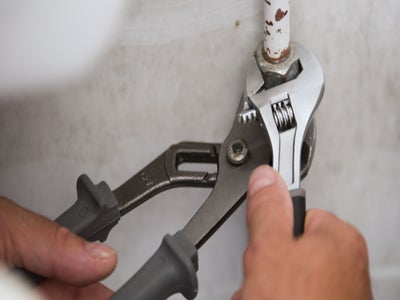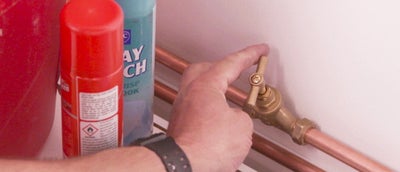How to fit a toilet
Replacing a toilet might seem like a big job, but with the right tools and instructions, you can do it yourself. This guide will show you how to replace a close-coupled toilet, the most common type in the UK, in a few straightforward steps. But if you're installing a toilet in a new location, it's best to hire a plumber to connect it to the main soil pipe.
Watch our how-to-video then follow our step-by-step instructions to help you get your new toilet up and running.
Step by step
Step 1. Remove the Old Toilet
Step 2: Assemble the Cistern
Step 3: Connect the Toilet to the Soil Pipe
Step 4: Level the Pan and Cistern
Step 5: Secure the Toilet
Step 6: Seal Around the Edges
Step 7: Reconnect the Water Supply
Step 8: Fit the Toilet Seat
FAQs
If you're still unsure about how to fit your new toilet, check out our FAQs for answers to common questions. You'll find helpful tips and solutions to keep your toilet running smoothly.
How do you fit a back-to-wall toilet?
How do you fit a high-level toilet?
How do you remove a toilet seat?
How do you tighten a toilet seat?
Fitting a toilet might seem like a daunting task, but with the right tools and careful steps, you can complete the job without needing professional help. If you’re ever unsure, you can always consult the manufacturer’s instructions or seek professional advice, but most DIYers find that replacing a toilet is a straightforward and rewarding project.







